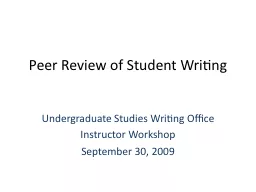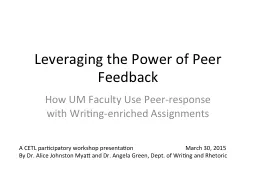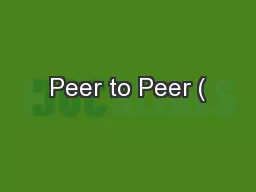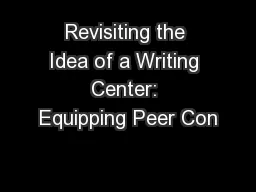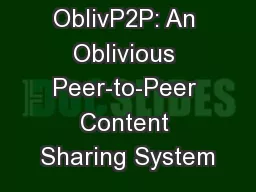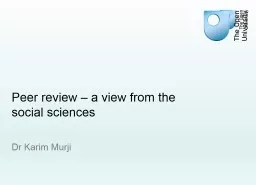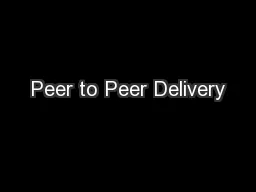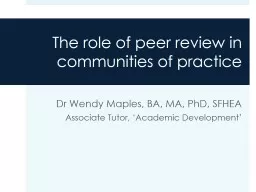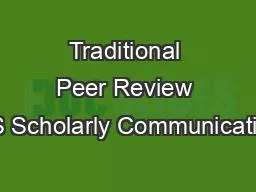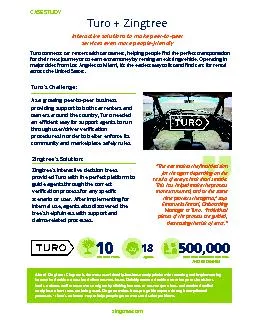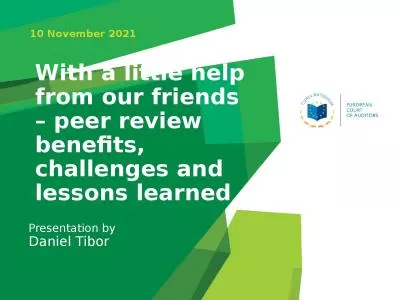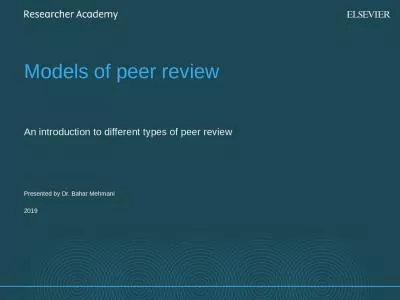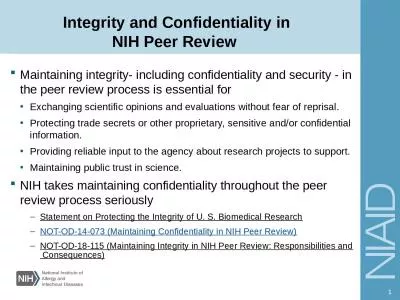PPT-Peer Review of Student Writing
Author : debby-jeon | Published Date : 2017-06-30
Undergraduate Studies Writing Office Instructor Workshop September 30 2009 Goals for Today Review the research on peer review as an instructional method Describe
Presentation Embed Code
Download Presentation
Download Presentation The PPT/PDF document "Peer Review of Student Writing" is the property of its rightful owner. Permission is granted to download and print the materials on this website for personal, non-commercial use only, and to display it on your personal computer provided you do not modify the materials and that you retain all copyright notices contained in the materials. By downloading content from our website, you accept the terms of this agreement.
Peer Review of Student Writing: Transcript
Download Rules Of Document
"Peer Review of Student Writing"The content belongs to its owner. You may download and print it for personal use, without modification, and keep all copyright notices. By downloading, you agree to these terms.
Related Documents

